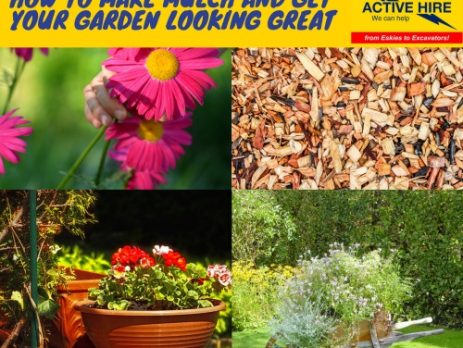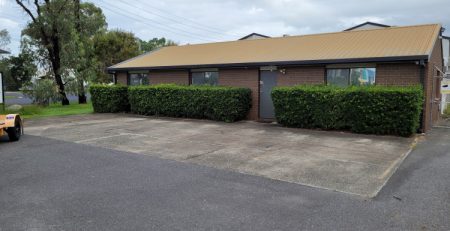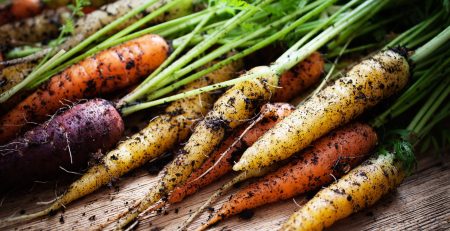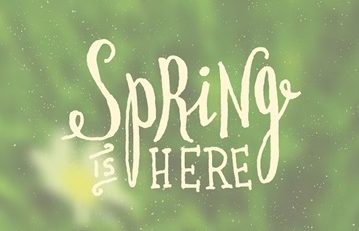How To Make Mulch And Get Your Garden Looking Great
Summer’s a great time to give your garden a spruce up, because we tend to spend a lot more time outdoors, enjoying the sunshine. You might also find your garden beds are looking a little worse for wear thanks to the sun drying them out. So, we’re going to share how you can make your own mulch and give your plants a pick-me-up!
The benefits of mulch
Mulch makes your garden look more attractive, as well as benefiting the health of your plants. It does this by:
- Conserving more moisture in the soil so that you can water plants less often
- Improving soil fertility for healthier and better-growing plants
- Keeping the soil cooler by blocking direct sunlight
- Suppressing weed growth by preventing light from penetrating the soil
- Enhancing the visual appeal of gardens, naturally
What materials can you use for mulch?
These materials are traditionally used for mulch:
- Fallen leaves
- Pine needles
- Grass clippings
- Branches
- Bark
But, there’s a secret ingredient for out-of-this-world mulch! Compost. You see, compost provides the most nutrition for the soil.
How to make mulch
How you make mulch depends on the materials you have at hand. For example, just using grass clippings and compost is much simpler than if you’re breaking down branches. However, we recommend using a good balance of materials to create the best mulch possible. Let’s take a look at a few methods:
1. Using a lawn mower
A lawn mower will naturally produce plenty of grass clippings, but you can also use it to mulch up dry fallen leaves. Remember to put your grass catcher on to keep it all together until you’re ready to use it.
2. Using a wood chipper
A wood chipper is the best tool for mulching up hardier materials like palm frond and tree branches. It’s important to select one that can deal with the size of the branches you’re planning on mulching, as different wood chippers are designed to cope with various diameters. You can double or triple grind your wood chips if you prefer a finer mulch.
3. Using a composter
If you don’t already have a composter, here’s a quick breakdown on exactly what compost is and why it’s so beneficial for your gardens.
Great compost is a mix of green and brown waste. Green waste is your fruit and vegetable scraps, as well as lawn clippings and leaves, which provide nitrogen. Brown waste is dry, carbon-rich materials like shredded paper, pine needles and bread.
Using both brown and green waste is important because the compost will break down well and be nutrient-rich. As well as providing nutrients to the soil, compost can also remove toxins that would otherwise inhibit plant growth.
Chipper safety
If you’re going to make your own mulch with a wood chipper, safety is key! You will need to:
- Wear work gloves and safety glasses
- Maintain a safe distance from the chipper
- Remove excess mulch periodically so that it doesn’t overheat the chipper
- Feed small amounts into the machine slowly to prevents jams
- Turn the chipper off whenever there is a jam and only use wooden tools like broom handles to work the jam loose
How to mulch your garden
Before you lay down your newly-made mulch, a little preparation is required. Remember to remove any existing mulch and weed your garden beds, before wetting the soil sufficiently. Then, lay down 5-7cm of mulch, leaving a bit of breathing room around tree trunks and plant stems.
Need to hire a wood chipper? We can help! Visit Active Hire












